Water levels near all-time lows
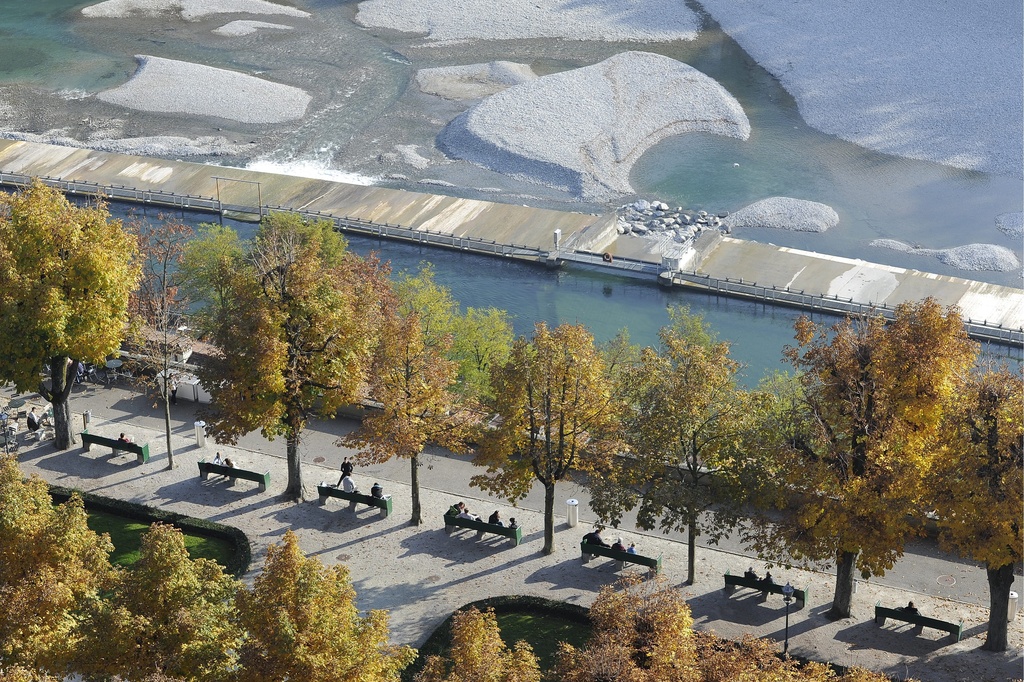
The extraordinary autumn dry spell is having a significant impact on transport, power generation, tourism and aquatic life in Switzerland.
It’s not just the autumn, the beginning of the year was also historically dry, leading to a dramatic roll-on effect.
Figures compiled by the national weather service MeteoSwiss show precipitation levels in western Switzerland and the Rhone valley for 2011 so far (January 1 to November 19) are the lowest since records began in 1864.
The last widespread rainfall over Switzerland was on October 19, MeteoSwiss said in a special report on the drought published online on Wednesday.
The current dry period is being caused by a high pressure system which has been sitting over central Europe for weeks, keeping unsettled weather from the Atlantic at bay.
Rain drops
“The situation now is really extraordinary from a hydrological viewpoint,” Silvia Morf of the Federal Environment Office told swissinfo.ch.
There are regional differences however. The southern part of the country was soaked by sustained heavy rain at the beginning of November. “But in central Valais and the northern part of the country some areas did not get any precipitation,” Morf said.
Some river and lake measurements have fallen to levels comparable to those of 1947 or 1921.
“The levels of the lakes of Biel, Murten and Neuchâtel are far lower than they should be for November. Along with Lake Zurich they are very close to all-time lows for November,” Morf said.
“We have a network of gauging stations for groundwater levels and also for the spring discharges and there too the situation is extraordinary, especially in the Jura and the Swiss midlands,” she added.
Low energy
Swiss energy supplier Alpiq has seen a 25 per cent fall in power production at its power stations on the River Aare for this time of year, as river levels in central and northern Switzerland drop dramatically.
Two other power companies, BKW and Axpo, reported power production at their run-of-river sites down 20 per cent on the ten-year average.
Although production is low on the rivers, things look better in the reservoirs, which provide a fallback in the winter.
“The storage lakes filled up by the end of September, beginning of October, so we can use the water to produce energy in the wintertime,” Alpiq spokesman Andreas Meier told swissinfo.ch.
Nina Hochstrasser for Port of Switzerland on the River Rhine in Basel told Swiss public radio on Wednesday that transport costs were rising as barges were unable to be fully loaded due to the low river depth.
“The ships’ captains can only load about one third of their usual cargo, maybe a little more, and can transport fewer goods than usual,” she said.
Between ten and 15 per cent of all Swiss imports pass through Port of Switzerland’s three Basel ports.
Challenging times
Ski resorts are also feeing the precipitation pinch. The weather in the mountains has been consistently sunny for weeks, with no sign yet of snow.
Many well-known resorts, such as Davos and Andermatt, have had to delay the start of the season – a blow for the alpine region which is already suffering a drop in tourist revenues due to the strong franc.
However MeteoSwiss pointed out that current snow coverage could not be taken as a basis for predicting snow conditions for the coming months.
It cited the example of Arosa in 2009. There was no snow on the ground in the southeastern resort by the end of November that year but then the snow arrived on December 1 and conditions stayed perfect for the rest of the winter.
Cargo ships with half-empty holds, river power stations producing less power, ski resorts with green slopes – these are the economic consequences of the drought, but there are also worrying environmental consequences.
“There have been reports of some local fisheries agencies having to relocate fish and they fear that some fish, such as trout, will not be able to swim up shallow rivers to their spawning grounds this year,” Morf said.
MeteoSwiss, part of the interior ministry, provides the population, public bodies and businesses with meteorological and climate information.
It employs around 350 people. 800 non-professional observers man its recording stations.
Half of its SFr80 million ($90 million) budget is allocated by the federal authorities. The remainder comes from payments for the services it provides, especially from the aviation sector.
The autumn drought is the second pronounced dry period this year.
For three months from February to the end of April, very low quantities of precipitation fell.
In western Switzerland and Valais the period January 1 to November 19 is the driest since records began in 1864.
The eastern Alps and southern part of the country have been less affected by this year’s drought.

In compliance with the JTI standards
More: SWI swissinfo.ch certified by the Journalism Trust Initiative

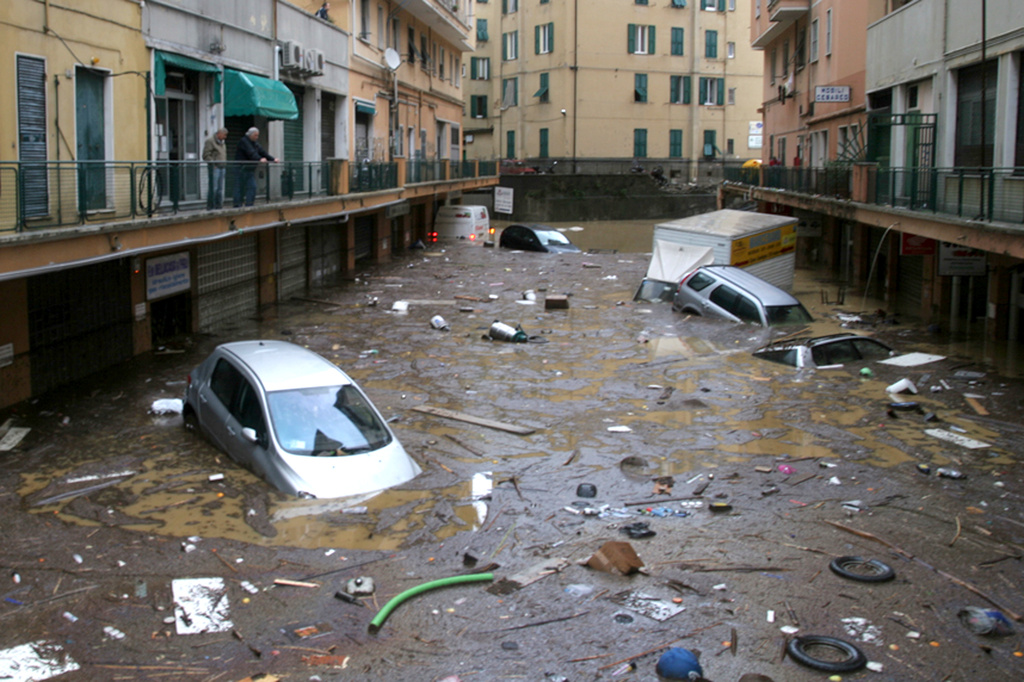
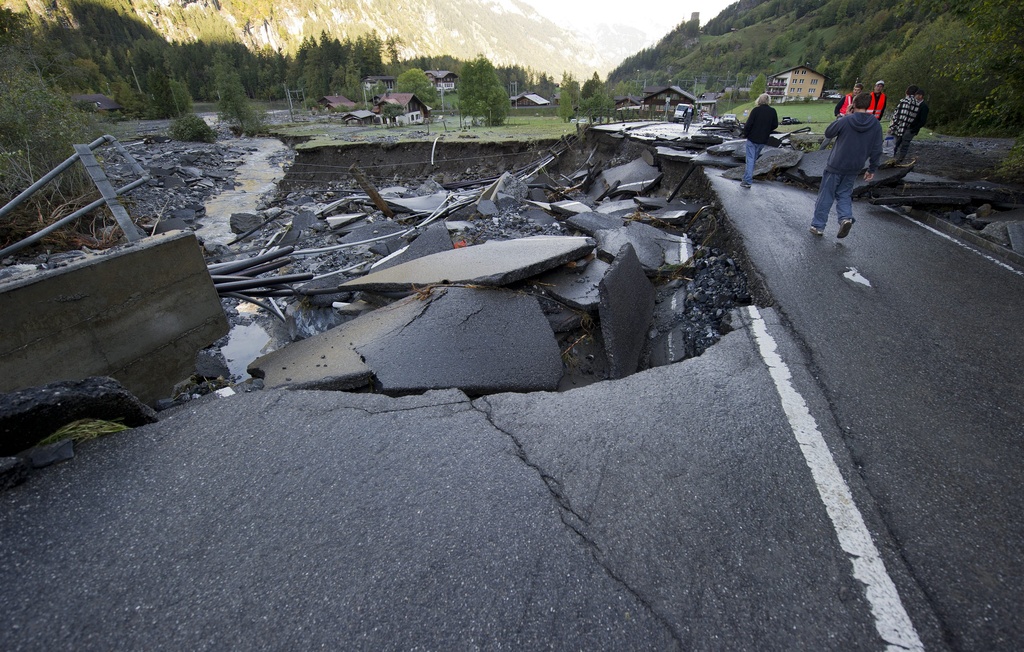
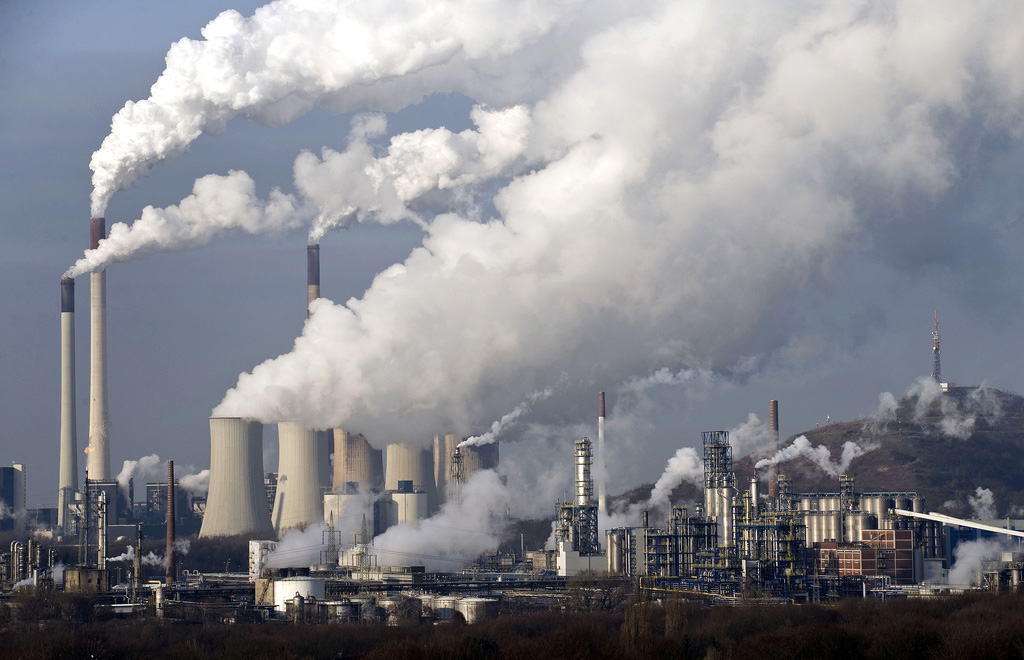
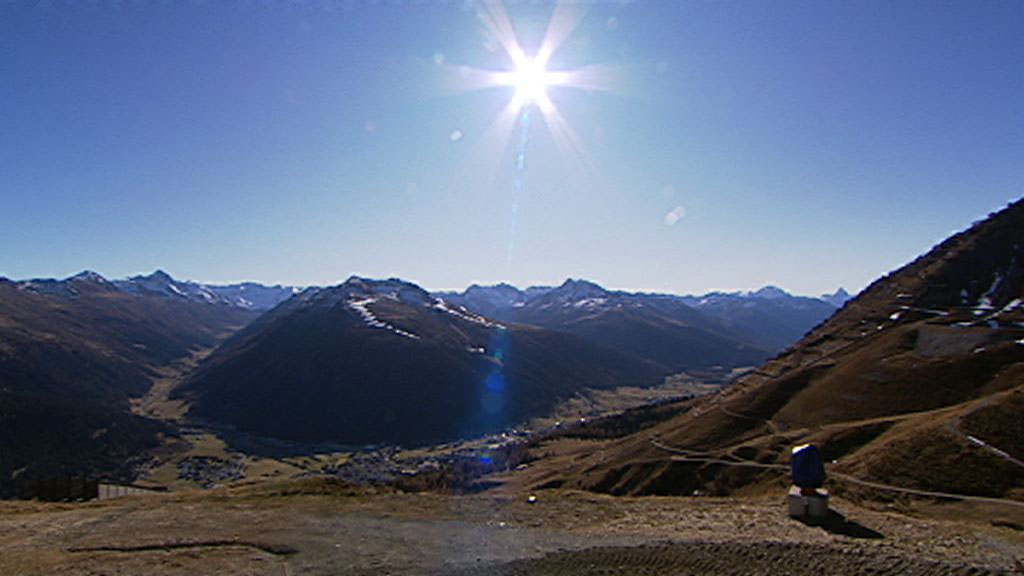
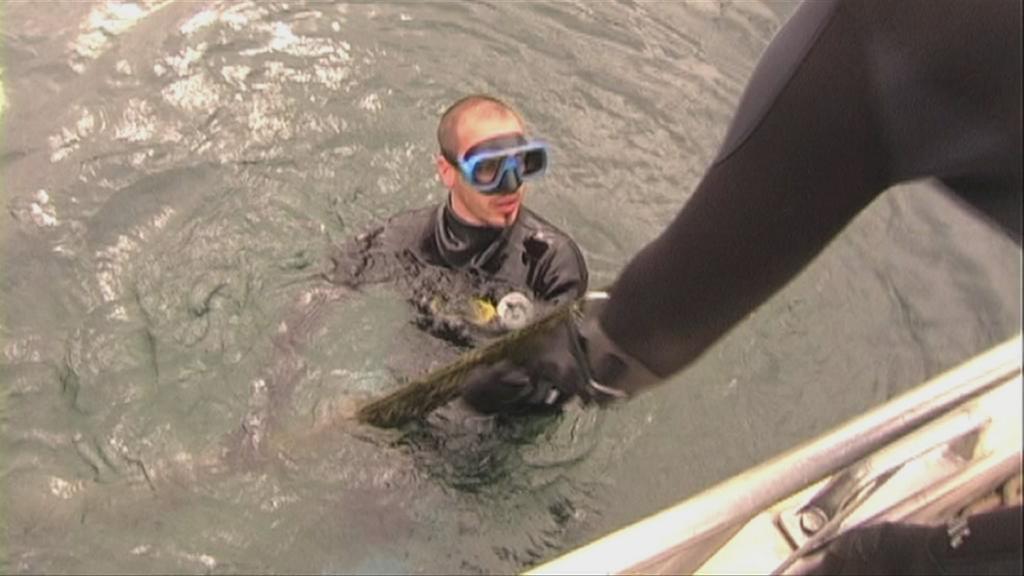
You can find an overview of ongoing debates with our journalists here. Please join us!
If you want to start a conversation about a topic raised in this article or want to report factual errors, email us at english@swissinfo.ch.